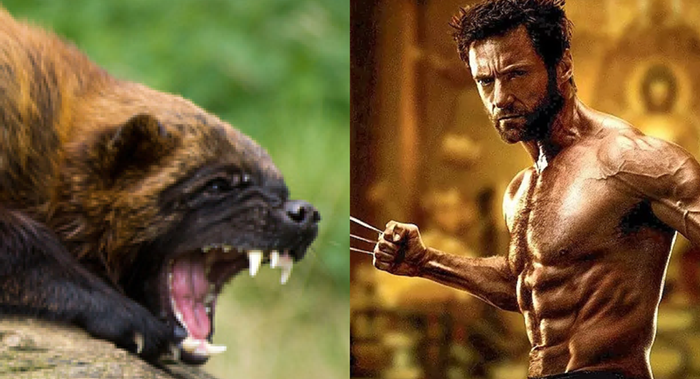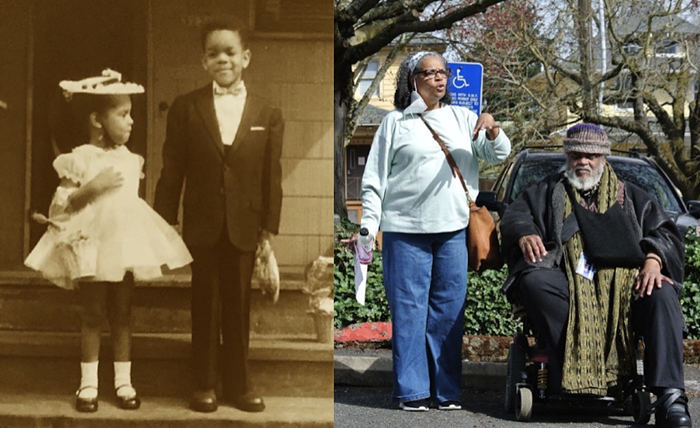Disrupting the peace (Henry David Thoreau, Billionaires for Bush) has generally been regarded as counter-culturally acceptable so long as it is at the expense of the bourgeoisie (The Three Stooges). A common strategy that the avant-garde have historically employed to subvert the status quo is the disruption of sexual norms, with a distinct slant toward homosexuality (Oscar Wilde, Pee Wee Herman).
Toward the end of the 20th Century, artists (Chris Burden) began masochistic explorations of pain ("Shoot," 1971) as well as physical endurance (Marina Abramovich). Frequently these ascetic disruptions had dark sexual undertones that placed viewers in positions of extreme awkwardness (Vito Acconci, "Seedbed," 1972). More recently, taking cues from reality television, artists have been using broad physical humor in social settings to create interventions in the genteel landscape (Martin Kersels). Practitioners of humor-based performance ("AC Dickson: eBay Powerseller") still struggle for legitimacy at the academic level, and frequently remain in highbrow/lowbrow purgatory, straddling the line between fine art and entertainment (Andy Kaufman).
Quite often, the absurdists (Laurel and Hardy, Benny Hill) are only investigated with a critical eye when similarly minded artists cite them as direct influences on their own work (Samuel Beckett, William Wegman, respectively). Similarly, it may take the performance artists of Jackass a decade or three to gain the critical respect they deserve (Jack Smith), yet a reinvestigation into their misleadingly boneheaded (Russ Meyer R.I.P.) and spleen-splittingly funny (Christopher Guest) body of work is nothing but inevitable.












